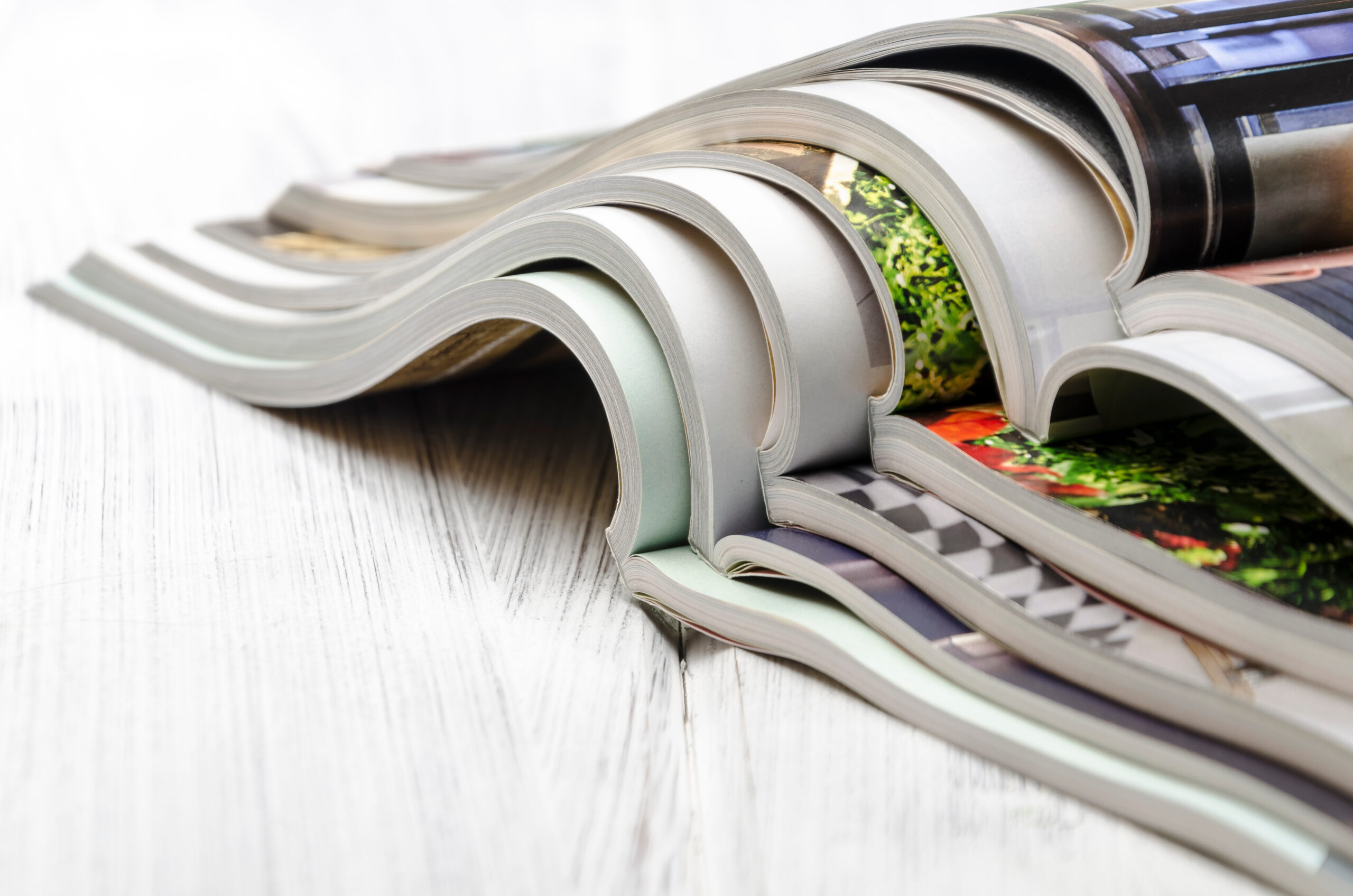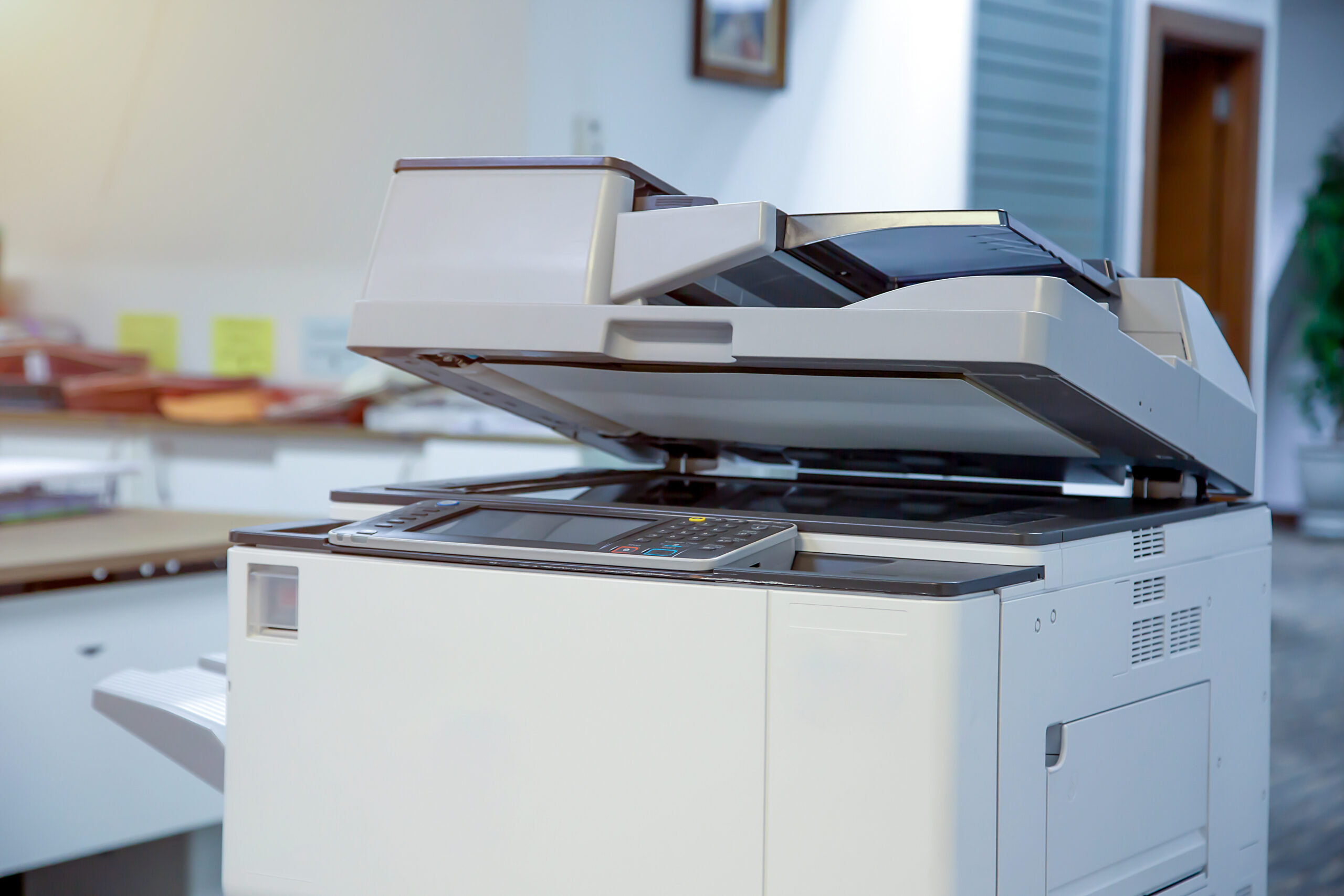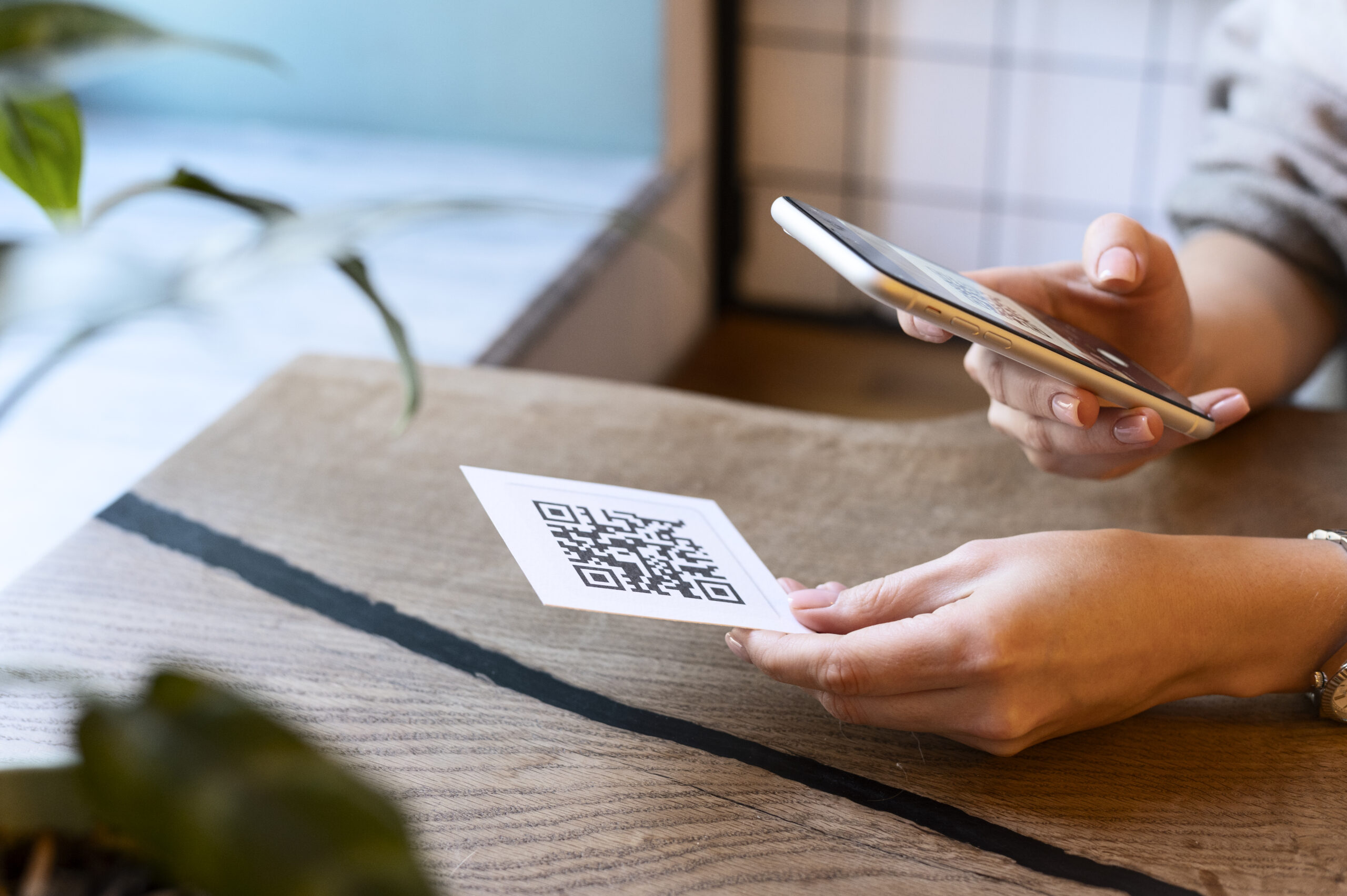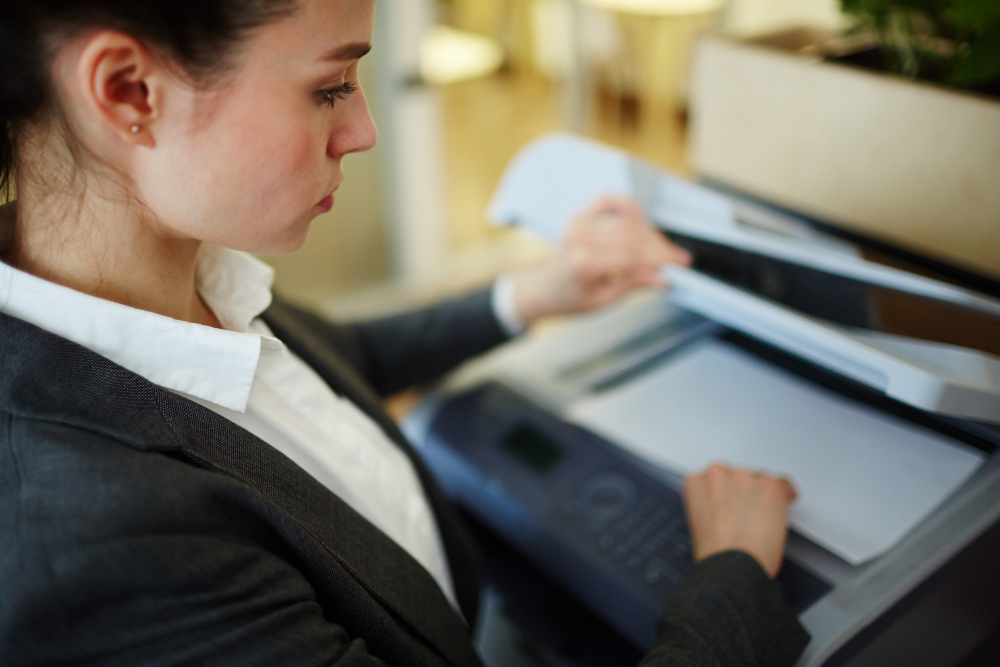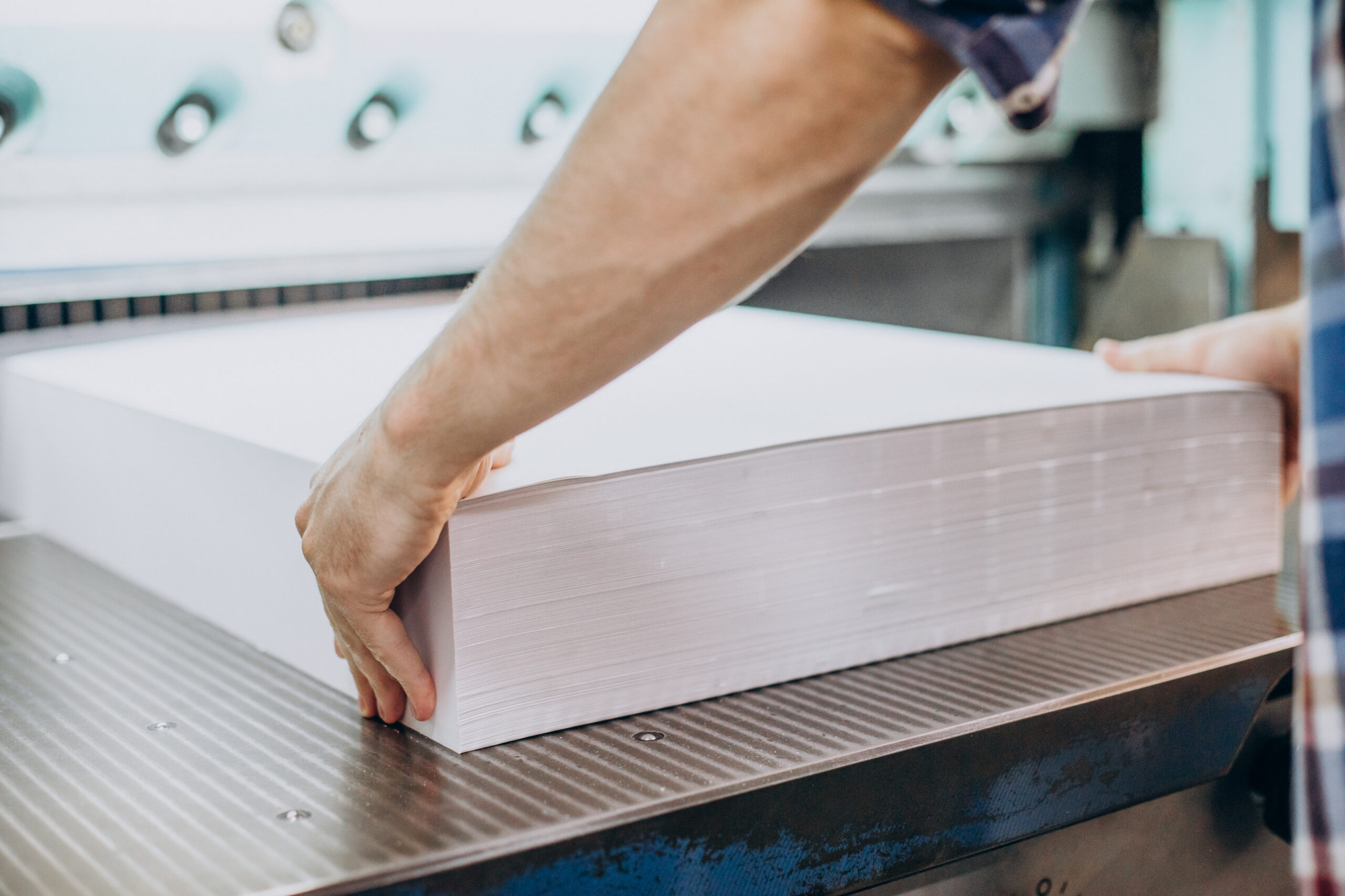The history of the photocopier began to be written in 1938, when an American physicist named Chester Carlson saw the need to make copies of documents quickly and easily, since he practiced law and was an inventor in his spare time. Carlson began his experiments with electrostatic charges and photoconductive materials, that is, materials that change their electrical properties when exposed to light, but the first results were not very good and companies like IBM or General Electric rejected his patent.
It was in 1938 when the process invented by Carlson was called “xerography”, and then, a small American company called the Haloid Company acquired the rights to this invention in 1947, after in 1944 the Battelle Memorial Institute in Ohio signed a Agreement with Carslon to develop Xerography. Ten years later, the company would be renamed Xerox Corporation. Shortly after, in 1950, the Radio Corporation of America, introduced a variant in the process, in which a paper specially designed for the purpose of photocopying was used, and finally, in 1959, the first photocopier in history was commercialized, the Xerox 914.
The development of the photocopier can be summarized in two parts: the first photocopiers were electrostatic, in which the image to be reproduced is projected directly onto the paper, whose surface is sensitized with electrical charges. The paper is then subjected to a toner bath and the particles are fixed in the electrified areas of the latter, giving rise to the final copy. The second part of the photocopier can be summarized with the color photocopier, developed by the Cannon company in 1973, and the first laser photocopier, also developed by Cannon in 1986.
The photocopying process consists of the original document being scanned by a beam of intense light that projects the image onto a rotating drum with a photosensitive surface (this is electrostatically charged in correspondence with the image). A pigmented powder (toner) is distributed on the drum that adheres to the electrified areas (where there is an image), reproducing the original writing or drawing. The thus pigmented image is transferred from the drum to the paper placed in the photocopier, which is finally heated to permanently fix the pigment on the copy.
=================================================================
Photocopying internally…!!!
Basically, analog photocopiers use many components and follow the following principle to produce a copy or document output:
Photocopying (Organic photoconductor drum).
This is where the actual image of the document being copied is produced. The drum is a hollow aluminum alloy cylinder coated with a light-sensitive organic photoconductor.
Loading the photocopy drum
A charging crown located and mounted on the top of the drum evenly deposits a strong negative charge across the entire surface of the drum. This makes the drum surface more sensitive to light.
Developing (LED exposure)
After charging, any area of the drum that is not used to produce an image will be neutralized. Most analog copiers use LEDs (light emitting diodes) to do this job.
To further illustrate, if your analog copier can make photocopies of documents up to A3 (297x420mm) and you are photocopying only an A4 (210x297mm) size document, all areas outside of the document size will be neutralized.
This is done to conserve toner usage.
Exposure to light
Light from the scanner lamp is directed towards the drum through a series of mirrors and lenses.
The light reflected from the scanned document strikes the surface of the drum reducing the amount of negative charge deposited by the corona charge assembly.
This process creates an invisible mirror image of the scanned document and will be seen in the next step.
Toner supply and development
The developer roller of the developer unit, in constant contact with the drum, supplies positively charged toner into the drum.
Only the areas of the drum surface that have been exposed to the light from the scanner will be filled with toner.
This forms the visible mirror image of the scanned document on the drum surface.
Feeding paper for the documentPhotocopying the document
This step feeds paper coming from the trays (cassettes) or bypass tray of the photocopier. The paper being fed is transported under the drum where the following process takes place.
Transfer and Separation
The mirror image created on the drum surface is transferred to the paper surface.
This creates an exact duplicate image of the scanned document and is done through the image transfer assembly installed under the drum.
The transfer corona emits a negative charge that attracts the positively charged toner from the drum surface.
As the image is transferred, the leading edge of the paper separates or peels away from the drum surface.
This is done by the separation corona which emits a charge to neutralize the paper that naturally separates it from the drum.
In addition, separation projections (also called claws) are installed under the drum to assist in this work.
Drum cleaning and toner recycling
Untransferred toner left on the drum surface during the developing process is physically scraped off with a rubber blade.
A spring coil mechanism transports the scraped toner back to the developer unit and then to the developer roller.
However, some models do not have a recycling mechanism and dispose of the untransferred toner as waste.
Drum neutralization
After cleaning the drum, small lamps are lit to neutralize the drum surface in preparation for the loading process.
paper fusing and output
The separated paper from the drum is transported to the fusing unit, where the image transferred to the paper surface is permanently fused.
Inside the fusing unit, fusing rollers apply heat and pressure to accomplish this process.
This is as if asphalt will be applied to the road surface and then steam laminated for a smoother finish.
Photocopying TransportPhotocopying device
The paper is then transported to the output tray or sorting tray.
As the circumference of the drum is not sufficient to produce a full page of the scanned document, the whole process is repeated continuously until the complete image of the entire document is produced.
In addition, the scanner lamp is continuously illuminated per page of the document being scanned. This is one of the main distinguishing features of analog copiers.
But this feature had been eliminated and more features had been introduced in the development of digital copiers.
Digital printing
Day after day the digital is taking ground in the reading plane, however, with all the saturation of content that there is and due to distractions sometimes it becomes necessary to go back and use a good paper to concentrate and make an interesting and in depth reading.
Other times we need to have or carry certain physical documents from one place to another, it is there where the paper of a good quality photocopier is indispensable for a good photocopying.
Our digital printing is in London, 199 Walworth Road London SE17 RL we can make a multitude of copies in color or black and white with excellent quality and market prices.
========================================================
Advantages of digital printing over other systems
When printing a photo or text at home, digital printing is used because the file is not processed, it goes straight from the computer to the paper. The printer does all the work, it does not need an intermediate material as with offset plates in traditional printing. This makes it possible to apply it to all types of materials, not just paper, making the process simpler and making it available to everyone.
Digital printing can be done by inkjet or laser. The former requires cartridges and the latter toners, both options that surely sound familiar to those who have a printer at home or at work. In an industrial printing company specialized in graphic arts like ours we also use them, but on a much larger scale because we print thousands of papers.
The printing machine head moves by drawing horizontal lines at high speed and at one time for all colors, as opposed to four-color printing where the same paper or support is printed four times, resulting in a much slower process. It also differs in that the paper does not come into contact with the machine because there are no plates. Even so, the separation of inks is maintained and it is necessary to have several cartridges or toners to ensure a good quality in the final result when the original has some colors more used than others.
Digital printing can be used in large format, but it is the best option for small format, for example for calendars, notebooks, diaries, stickers, flyers or any corporate stationery.
What are the advantages of using a digital printer?
In our experience as digital printers, this type of printing has several advantages over others, although perhaps the most important is its low cost for low volume and urgent projects. Although, logically, it varies depending on the order.
Here are the benefits most valued by our customers:
Varied supports and finishes: as we have advanced, digital printing can be applied to paper as well as to fabrics, adhesives or vinyls. In addition, it accepts textures, prints and finishes that cannot be achieved with other types of printing, which makes it very eye-catching.
Flexibility:
since it can be used on any support, it offers a wide range of options that give a great deal of freedom to customize the final result. Thus, companies can take advantage of all their creativity to gain impact in their advertising actions.
Direct printing:
this is one of the characteristics of the digital file, which does not need anything physical or analogical. This makes it more economical because there is no need to invest in creating plates that increase production costs.
Agility in the start-up:
as it is direct printing, it is easier to start the project because it is not necessary to prepare plates or make proofs to adjust the colors. This makes it possible to accept orders that respond to quick actions.
Reduced delivery times:
digital printing is faster than offset printing also because the paper does not have to dry each time and can be cut and handled earlier. This means that deliveries can be made more quickly, which is very practical for small projects that require short lead times.
Small print runs:
digital printing is more efficient than other options because a cost per printed page is established. This makes it very advantageous for smaller companies that do not need large volumes. In addition, for longer print runs it is usually not cost-effective compared to offset.
Customization:
an advantage that many customers appreciate is the possibility of making several versions of the same piece and making a few copies of each one, instead of just one large print run. Errors are reduced and more attention is drawn to commercial material, for example when changing the name or images in a catalog.
Agile reprinting:
it can be reprinted very quickly and at any time to update information that has changed over time. Taking advantage of the low volume, it can be revised at any time, also saving storage space.
Less waste:
you print only what you need, quickly and efficiently. Without proofs and adjusting the stock to the essential, this makes digital printing more environmentally friendly than other options.
Quality:
although offset printing has a long reputation for quality for magazines or catalogs, digital is also very good for certain jobs and has improved a lot. For example, it is widely used in print-on-demand services because it gives good results.
All these advantages have led to the growth of digital printing in recent years, possibly because it has also increased the speed with which projects move in companies and the fact that digital creation has increased considerably and the level of customization and agility that it entails has spread to printing.
The role of a digital printer
It is clear that digital printing has many benefits, but that does not imply that it is always the best choice for all formats. For example, this type of printing spoils faster than offset, does not accept metallic inks or UVI finishes and, of course, Pantone color specifications.
Knowing the characteristics and all the options for each project makes it possible to choose the one that is really advantageous. That is why it is important to rely on the experience of professionals who can individually assess each job. At Loyal Print we have a team of printing experts who advise our customers on the solution they need to make their projects a reality.
What are Pantone colors and how are they applied?
Color standardization in printing did not exist in the 1960s. It was all too common for a product’s packaging to have different shades depending on where it was printed, leading consumers to take it for granted. To avoid this, the company Pantone created the first color identification system to serve as a reference for printers and thus the company can control the result of its product in any corner of the world.
How do Pantone colors work?
Pantone colors are identified in graphic arts by the numerical code called PMS (Pantone Matching System). It was created in 1963 and has been used in printing, packaging and screen printing ever since. For example: PANTONE 17-5104 Ultimate Gray and PANTONE 13-0647 Illuminating correspond to a certain shade of gray and yellow.
Both have been chosen by this brand as the colors of the year 2021, an initiative that seeks both to inspire the community and to open trends in this sector. In fact, Pantone colors are very popular in the graphic creative sector and there are many materials created around them, such as T-shirts or mugs.
Contributing to this interest in Pantones is the fact that some colors have their own names and not just a numerical code. In this way a reference is made to a concept, product or place. For example: Niagara, Kale, Coral, Marsala, Primrose Yellow… This is very useful to help graphic designers choose the right colors.
Chromecard, an excellent promotional product
Combining products can be a strange mix, but the success of the sticker-card proves that sometimes it works. We have been offering the sticker-card as an alternative to the classic game cards for a few years now and our customers tell us that it works very well for promotions.
The name makes it clear: the sticker-card is a hybrid of chrome and card. At first glance it looks like any other card, but when you peel it off, you discover that underneath it is a card. Consider it the other way around, that is, a chrome is glued to a card to give it a more special finish.
Whichever way you look at it, it’s a two-in-one product that takes the benefits of both worlds. On the one hand, the card is part of a game that entertains while surrounded by favorite characters or brands. On the other, the chrome involves some dedication to open the envelope and glue them one by one in the album, also some excitement during the exchange. In addition, both are very popular collectibles in loyalty campaigns.
sticker card
The chromo card has an element that other playing cards do not have: the double surprise! It is a factor that makes the difference in the enveloping of promotions because the first time they are shocking: those who think it is a card are shocked to also get a sticker card and those who thought it was just an envelope of stickers are even more amazed. This makes them more exciting and desirable than other promotional gifts and every time you get them.
At Loyal Print we take care of the entire process of producing the entire sticker card. Each element is printed separately, so you can choose how each one looks like but with more customization, for example: the stickers can use special inks and the cards can have blunt edges. This way the mix will be even more impressive and will fulfill two objectives at the same time: to attract and to build loyalty.
We then apply the glue to join them together using a production method that leaves no trace of adhesive on the card once the chrome has been peeled off. This is very important because otherwise the card could be damaged, the experience of the game would be affected and therefore also the image of the company giving the gift.
sticker card with blunt edge
For the enveloping of the sticker card, we can use paper or flowpack, as with other game cards. With the former, the sticker envelopes can be hidden because it is not transparent, which adds extra excitement to the promotion, while with the latter, the inside can usually be seen. In both cases we can print messages and logos to personalize them.
There are many printing and enveloping options for promotional products and at Loyal Print we have years of experience to advise you and make the right choice. Ask us!
Agendas with stamping
Metallic inks are a way to add elegance to the packaging of any product. We have chosen professional agendas as an example of this type of finish because it is where a company’s brand can stand out, for example by giving it as a gift to suppliers, customers or employees.
The stamping technique can also be used on a promotional box, book covers, playing cards, greeting cards… there are many options at your fingertips!
wire-o bound school agenda
Boxes printed on polyester
In our offset printing shop we can take care of polyester printing jobs. This is a finish that attracts attention anywhere.
It is suitable for children’s books because of its touch, but also for boxes and containers because of the possibility of adding additional reliefs that will make the product stand out even more. Applying them, for example, only on the name or logo makes the consumer focus more on these elements and get a good impression.
Cards and stickers with holographic finish
Stickers and playing cards usually have a different one, with a special finish, difficult to find: it is the most desired card for collectors. Holographic printing achieves this because it also gives a depth to the drawings that surprises both boys and girls.
Holography is also present in bags and product packaging to give it a modern, technological and even premium look because it is very eye-catching.
card with special finish
Die-cut stickers with glitter effect
The glitter effect is very common in stickers and materials for children. This special finish is visually appealing, but it is also a bit rough so it adds touch to its sensory characteristics.
Our customers use it mostly for die-cut stickers and children’s book covers, but it would also be useful for drawing attention to a promotional box.
Flocked cardboard storytelling
Of all the finishes we offer as an offset printer, flocking is the smoothest. With this technique, the materials become more pleasant to the touch.
The velvet effect can be applied to any printed product, although the publishing industry appreciates it especially for cardboard stories. Flocking works very well on the inside of pages, to highlight a particular element of the story so that children can touch it.
flocking finish
Textured covers
Children’s materials benefit most from different finishes because they are aimed at an age where sensory stimulation is needed. In this sense, textured printing works very well on book covers and also for the inside pages if it is to be used in a way that accompanies the child’s learning.
This technique can be combined with other effects such as those we have already seen, for example flocking or polyester printing to provide an even more provocative result.
Promotions with 3D printing
Giving a three-dimensional effect is a resource that is very popular in packaging and promotions because it provides a sense of movement that helps to “enter” the product. It is achieved with lenticular printing and can be applied to all kinds of materials, including catalog covers or corporate magazines.
Like holography, this finish is also very interesting in cards and cards to highlight a special one.
Cards with codes
Whether as a promotional element or as a way of loyalty, we can print alphanumeric codes on cards, flyers or wherever you need it. It is a very simple way to create discounts, they can be used as a game to facilitate access to a sweepstakes or to try your luck for a direct gift.
In addition, QR codes can link to an exclusive video, a landing page to get registrations or even lead to a private area for customers only.
amazon flyer printing
Foam-based figures
Foam cut-out figures are a lot of fun and that makes them a good promotional material for brands of child-related products. For example, they can be applied to puzzles or stickers to collect them. There are many possibilities when the foam serves as a support for a print.
The result is an entertaining game, but it can also be educational and thus offer added value.
Printed foam figure
As an offset printer, we are up to date with trends and novelties to make any printed product stand out thanks to a special finish. In addition, everything is done in our facilities so we control the process to maintain the high final quality to which our customers are accustomed.
===========================================================
When we talk about digital printing, we refer to the process of direct printing from a digital file to any type of material (paper, vinyl, fabrics…).
A clear example would be printing a document or image with a laser or ink printer.
differences between digital and offset printing
First of all, we must define what offset printing is in order to compare them. Offset printing is an analog and indirect printing process . This means that, in order to print any element, it first has to be created on a matrix plate and then transferred to a rubber support.
By not requiring a matrix plate, digital printing offers high production agility and flexibility. In addition, it does not require drying or cooling times of the material.
Another difference between digital printing and offset printing is the range of materials and formats that it offers us (different colors, textures, measurements, etc.). This allows you to have great freedom when creating communication, advertising and point-of-sale (POS) material.
The last difference that we will name, but therefore not least, is the impact it has on the environment . Thanks to the maximization of the performance of digital printing and low consumption of resources, it is less polluting and has a lower ecological impact, highlighting the LATEX technology that does not generate polluting waste and is respectful with the environment.
The maximum definition and sharpness of the print is achieved due to the rapid drying and as a consequence of the low ink absorption by the material. With this new technology, a high quality and durability of the products is guaranteed both inside and outside. 100% ecological process , these inks do not contain mercury or lead, do not emit volatile chemicals and do not generate ozone.
advantages of digital printing
Here are some of the advantages of digital printing:
• Flexibility and low volume: by not using plates such as offset printing, it allows printing few units. A very interesting advantage for SMEs that do not need large print runs and seek to manufacture promotional material at a low cost.
• Low delivery times: without a doubt, it is the most agile and quick option to have available products such as flyers, vinyl, printed fabrics, etc.
• Personalization: the trend in recent years is to offer increasingly personalized and unique products. Thanks to digital printing we can vary the pattern, material and design with great ease.
• No stock (Just in Time): As we have mentioned in previous advantages, the agility of production allows adjusting the volume according to orders.
• Variety of supports: One of the differences with offset printing and at the same time advantage of digital. The variety is infinite: textiles, vinyl, PVC, rigid supports, packaging…
types of digital printing – Within digital printing, there are 2 types: the small and the large format.
small format printing – It is the most used format, but it has disadvantages such as not having a 50×70 format.
large format printing = The large format is ideal for large projects or for companies looking to create materials and products for their marketing campaigns (especially at the point of sale).
large format printing
We are a distributor of materials for digital printing, signage, graphic industry, decoration and technical offices.
If you need more information about digital printing, the Barnacent team will be happy to assist you

